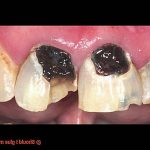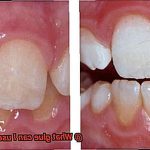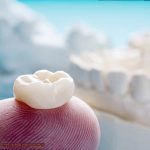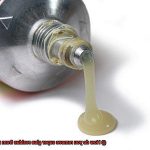Are you tired of the stubborn Gorilla Glue sticking around long after you’ve completed your project? Do you feel like you’re fighting a losing battle with this adhesive? Fret not, my friend. You might have heard about WD-40 as a magical solution to remove adhesives, but do you know if it works on Gorilla Glue? Well, I’m here to tell you that as an expert in the field, I’ve delved into this question: Does WD-40 remove Gorilla Glue?
Gorilla Glue is a popular adhesive known for its strength and durability. It’s great for DIY projects but can be frustrating when it comes to removing it. But fear not. WD-40 might just be able to come to your rescue. This multipurpose lubricant is renowned for its ability to loosen rusted bolts, reduce squeaks, and even repel insects. So, does it live up to its reputation when it comes to removing Gorilla Glue?
In this article, we’ll explore the science behind both Gorilla Glue and WD-40 – discussing how and why they interact with each other. We’ll also dive into some methods that are safe and effective in removing Gorilla Glue with the help of WD-40. So sit tight, grab your curious spirit, and let’s get started.
What is Gorilla Glue?
Contents
Gorilla Glue is not your average adhesive. This polyurethane-based glue is a game-changer in the world of DIY projects, woodworking, and construction. With its incredible bonding capabilities, Gorilla Glue has become a staple in many households and workshops.
One of the standout features of Gorilla Glue is its ability to bond to almost any surface, including wood, metal, ceramic, and plastic. The unique foaming action of this adhesive allows it to fill gaps and provide a strong hold that can withstand even the toughest conditions.
It’s important to note that Gorilla Glue is activated by moisture, so it’s crucial to keep it away from water or damp surfaces until ready to use. However, once applied correctly, this amazing glue dries quickly with a full cure time of 24 hours.
Gorilla Glue offers different types of adhesives, each with its unique properties and intended uses. Whether you need a multi-purpose glue for bonding different materials or super glue for small projects that require an instant bond or epoxy for surfaces that require maximum strength, Gorilla Glue has got you covered.
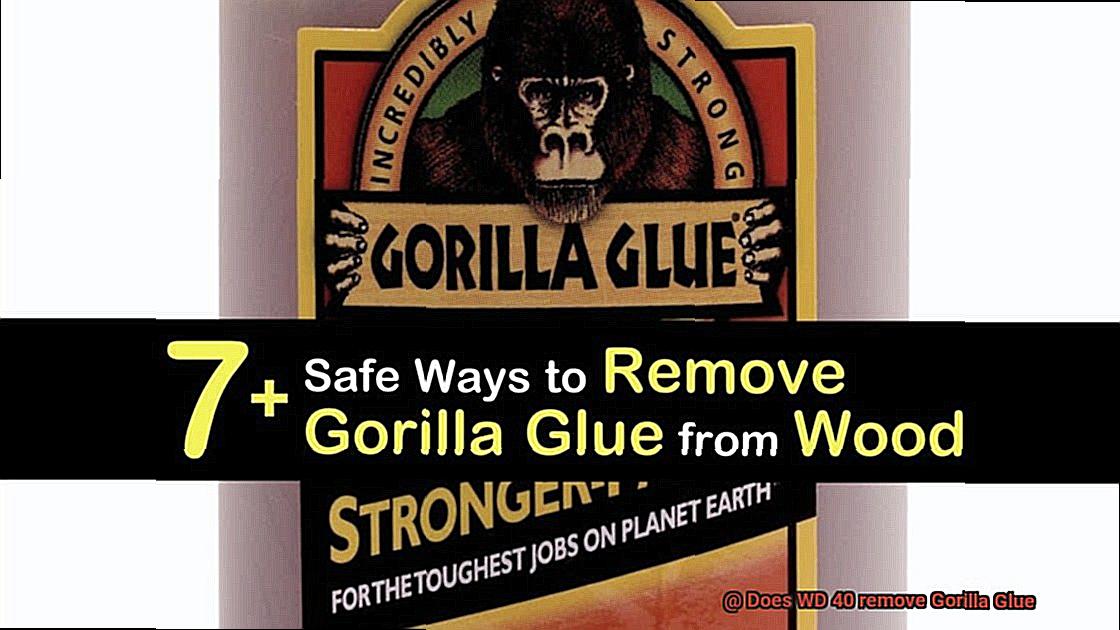
Removing Gorilla Glue can be challenging once it has been applied. Many people turn to WD-40 in desperation but using it may make the situation worse since its petroleum-based ingredients do not contain water necessary to dissolve the bond of Gorilla Glue. Instead, sanding or scraping can be effective in removing excess glue before it dries. If the glue has already dried, using acetone or rubbing alcohol may be more effective in dissolving the bond.
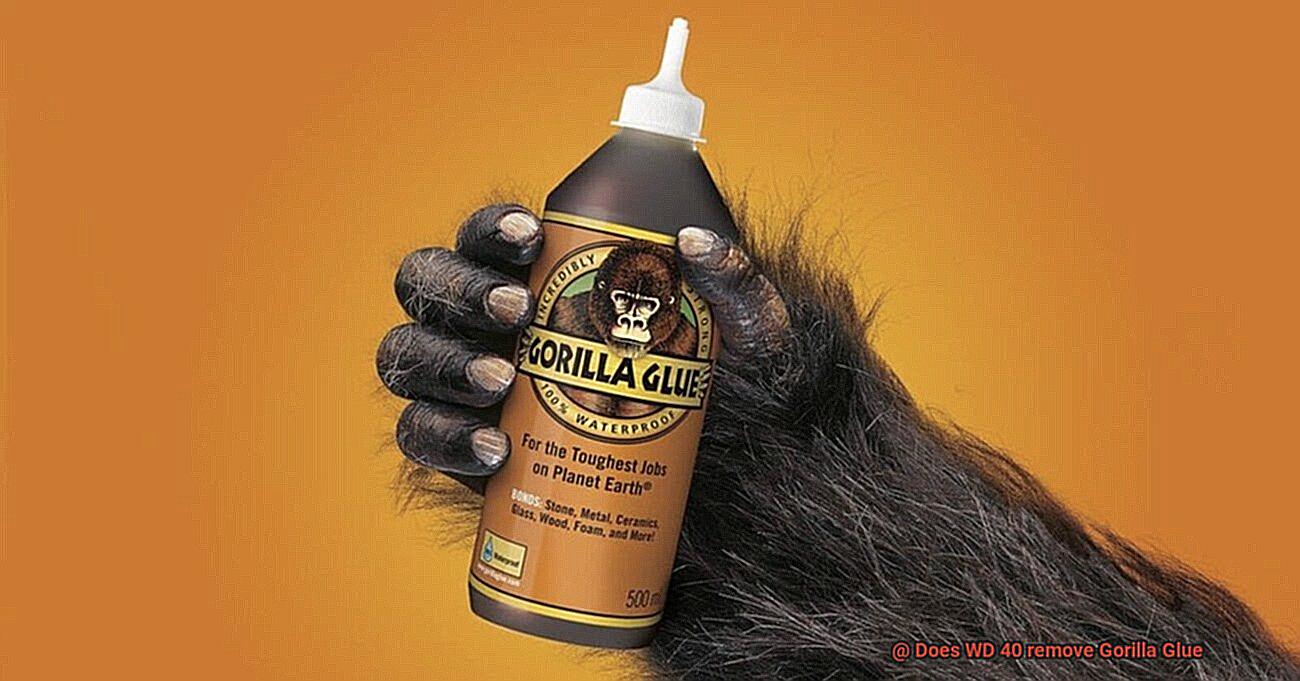
What is WD 40?
It’s none other than the versatile WD 40 – a multi-purpose lubricant and penetrating oil that’s been around since 195Its original purpose was to prevent corrosion on the Atlas missile, but it has since become a household name.
So, what is WD 40 exactly? The name gives us a clue – it stands for “Water Displacement, 40th formula.” The product was born after 40 attempts at creating a formula that would displace water and prevent corrosion. Today, WD 40 has countless uses.
One of its primary uses is as a lubricant. Whether it’s door hinges, bike chains, or other household items, WD 40 keeps everything running smoothly. It’s also an effective cleaning agent for metal surfaces, thanks to its ability to penetrate rust and grime.
The secret of WD 40’s effectiveness lies in its primary ingredients – petroleum distillates. These break down grease and other contaminants while silicone oil helps lubricate surfaces and prevent rust and corrosion. However, it’s essential to note that it may not be the best choice for every task. For example, certain types of plastic may become brittle or crack over time when exposed to WD 40.
Now, let’s address the question at hand – can WD 40 remove Gorilla Glue? While it helps loosen the glue from some surfaces, it may not work in every situation. Sanding or scraping the glue before it dries may be more effective. If it has already dried, acetone or rubbing alcohol may be necessary to remove it.
Does WD 40 Remove Gorilla Glue?
Gorilla Glue is a strong adhesive that forms a permanent bond, making it quite challenging to remove. But don’t worry, I’m here to answer the age-old question – can WD 40 dissolve Gorilla Glue? The short answer is yes, it can, but there are some things to keep in mind.
WD 40, a multi-purpose lubricant that has been around since 1953, is known for its ability to dissolve adhesives, including Gorilla Glue. To use WD 40 to remove Gorilla Glue, simply spray the affected area with the lubricant and let it sit for a few minutes. The adhesive should begin to loosen and can be wiped away with a clean cloth or scraped off with a plastic scraper.
However, as an expert in this field, I would like to caution you that WD 40 should not be your primary method for removing Gorilla Glue. This is because it may not work effectively in all cases. Instead, it’s best to try other methods first, such as sanding or using a specialized adhesive remover. If those methods don’t work, then WD 40 can be used as a last resort.
It’s also important to use caution when using WD 40. It should not be used on certain surfaces, such as painted or finished surfaces, as it may cause damage or discoloration. Additionally, WD 40 should be used in a well-ventilated area due to its strong odor and potential health hazards.
Why Might WD 40 Not Be Effective in Removing Gorilla Glue?
One reason why WD 40 may not be effective in removing Gorilla Glue is because of its chemical composition. Gorilla Glue is a polyurethane-based adhesive that forms a strong bond by reacting with moisture in the air. On the other hand, WD 40 is made up of solvents and oils that are designed to lubricate and protect surfaces. These two products have different chemical properties and are unlikely to work well together.
Another factor that can contribute to WD 40’s lack of effectiveness is the way Gorilla Glue bonds to surfaces. Once the glue has cured, it forms a strong mechanical bond that is difficult to break without damaging the underlying material. While WD 40 may loosen the bond slightly, it will not completely dissolve or remove the glue.
In fact, using WD 40 on Gorilla Glue can even make the situation worse in some cases. This is because WD 40 can leave behind a greasy residue that can interfere with any subsequent attempts to remove the glue. In some cases, this residue can even react with the Gorilla Glue and cause it to become more difficult to remove.
If you find yourself struggling with this stubborn adhesive, I recommend exploring other options before turning to WD 40 as a last resort. Sanding or using specialized adhesive removers are better options for removing polyurethane-based adhesives like Gorilla Glue.
Other Ways to Remove Gorilla Glue
Don’t worry, there are plenty of ways to remove it from surfaces without resorting to WD-40. Here are five effective methods you can try:
Acetone
Found in nail polish remover and paint thinner, acetone can dissolve the chemical bond of Gorilla Glue. Simply apply a small amount to the affected area and let it sit for a few minutes before gently scraping it away with a plastic scraper or credit card.
Rubbing alcohol
Similar to acetone, rubbing alcohol can break down the glue’s bond. Soak a cloth in rubbing alcohol and place it on the glue for several minutes before wiping it away with a clean cloth.
Vinegar
Soak a cloth in vinegar and place it on the glue for several minutes to soften it before wiping it away. Vinegar is particularly useful for removing Gorilla Glue from wood surfaces.
Baking soda
Create a paste by mixing baking soda with water and apply it to the affected area. Let it sit for a few minutes before gently scraping away the glue with a plastic scraper or credit card.
Vegetable oil
Apply vegetable oil to the affected area and let it sit for a few minutes before gently scraping away the glue with a plastic scraper or credit card. Vegetable oil works particularly well on skin and hair.
Always remember to work slowly and methodically when removing Gorilla Glue, taking care not to damage the surface underneath. Wear gloves and work in a well-ventilated area to avoid inhaling any fumes from the products being used.
nv1v2ZGdPX4″ >
Conclusion
To sum up, getting rid of Gorilla Glue can be a real headache, particularly if you don’t have the proper equipment or expertise. Even though WD 40 is a widely used adhesive remover, it might not be the best choice for Gorilla Glue. The reason is that Gorilla Glue and WD 40 have different chemical compositions, which makes them unlikely to work well together. Moreover, Gorilla Glue creates a robust mechanical bond that’s tough to break without causing damage to the underlying material.
However, there are other effective methods available for removing Gorilla Glue such as acetone or rubbing alcohol. It’s crucial to approach this task slowly and meticulously while being mindful not to harm the surface underneath.
In conclusion, although WD 40 could help loosen Gorilla Glue in certain situations, it’s better to explore alternative options first before resorting to it as a last resort.


